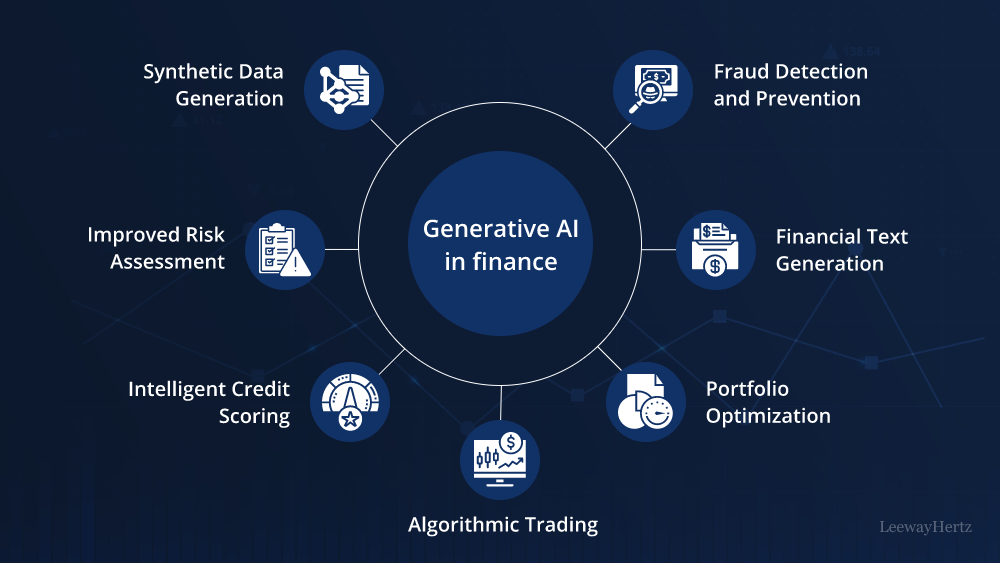All Categories
Featured
Many AI companies that train large designs to produce message, images, video, and sound have not been clear concerning the content of their training datasets. Various leakages and experiments have revealed that those datasets consist of copyrighted product such as publications, newspaper short articles, and films. A number of lawsuits are underway to establish whether use of copyrighted product for training AI systems comprises fair use, or whether the AI firms need to pay the copyright owners for use their product. And there are obviously many classifications of poor stuff it could theoretically be utilized for. Generative AI can be utilized for tailored rip-offs and phishing assaults: For example, making use of "voice cloning," scammers can duplicate the voice of a certain individual and call the person's household with an appeal for assistance (and cash).

(Meanwhile, as IEEE Range reported today, the united state Federal Communications Payment has responded by banning AI-generated robocalls.) Picture- and video-generating tools can be utilized to generate nonconsensual pornography, although the tools made by mainstream firms refuse such use. And chatbots can in theory walk a potential terrorist with the actions of making a bomb, nerve gas, and a host of various other horrors.
What's even more, "uncensored" variations of open-source LLMs are out there. In spite of such potential problems, several individuals assume that generative AI can also make individuals much more efficient and could be used as a tool to make it possible for totally new types of creative thinking. We'll likely see both disasters and creative bloomings and lots else that we do not anticipate.
Learn much more about the math of diffusion models in this blog site post.: VAEs contain two neural networks normally described as the encoder and decoder. When provided an input, an encoder converts it into a smaller sized, much more thick depiction of the data. This pressed representation preserves the info that's required for a decoder to reconstruct the original input information, while discarding any unnecessary info.
This enables the user to quickly sample brand-new concealed depictions that can be mapped via the decoder to create unique information. While VAEs can produce outputs such as pictures faster, the photos produced by them are not as outlined as those of diffusion models.: Discovered in 2014, GANs were thought about to be the most generally utilized approach of the three before the current success of diffusion designs.
Both versions are trained with each other and get smarter as the generator produces better content and the discriminator improves at spotting the produced material - AI for remote work. This treatment repeats, pushing both to continually boost after every model till the produced content is indistinguishable from the existing content. While GANs can give premium examples and generate outputs quickly, the example variety is weak, as a result making GANs better fit for domain-specific data generation
Cloud-based Ai
One of the most prominent is the transformer network. It is necessary to recognize how it operates in the context of generative AI. Transformer networks: Similar to persistent semantic networks, transformers are created to refine consecutive input information non-sequentially. 2 mechanisms make transformers specifically adept for text-based generative AI applications: self-attention and positional encodings.

Generative AI begins with a structure modela deep learning design that functions as the basis for numerous different sorts of generative AI applications. The most typical foundation models today are large language designs (LLMs), created for text generation applications, but there are also structure versions for photo generation, video clip generation, and audio and songs generationas well as multimodal structure designs that can support several kinds web content generation.
Find out more regarding the background of generative AI in education and learning and terms connected with AI. Find out more regarding how generative AI functions. Generative AI devices can: React to motivates and concerns Develop photos or video Summarize and synthesize info Modify and edit web content Produce creative jobs like music structures, stories, jokes, and rhymes Write and deal with code Control data Create and play video games Capacities can differ substantially by device, and paid versions of generative AI devices usually have specialized functions.
Generative AI tools are continuously discovering and developing however, as of the day of this publication, some limitations consist of: With some generative AI devices, continually incorporating actual research into text stays a weak capability. Some AI devices, for example, can create text with a recommendation checklist or superscripts with links to sources, yet the recommendations often do not represent the text developed or are phony citations constructed from a mix of actual magazine information from several sources.
ChatGPT 3.5 (the free version of ChatGPT) is educated using information readily available up until January 2022. Generative AI can still compose potentially inaccurate, oversimplified, unsophisticated, or biased feedbacks to inquiries or prompts.
This checklist is not comprehensive yet features several of the most widely utilized generative AI tools. Devices with cost-free variations are shown with asterisks. To ask for that we include a device to these checklists, contact us at . Evoke (sums up and manufactures sources for literature reviews) Discuss Genie (qualitative study AI assistant).
Latest Posts
Ai In Transportation
Future Of Ai
Sentiment Analysis